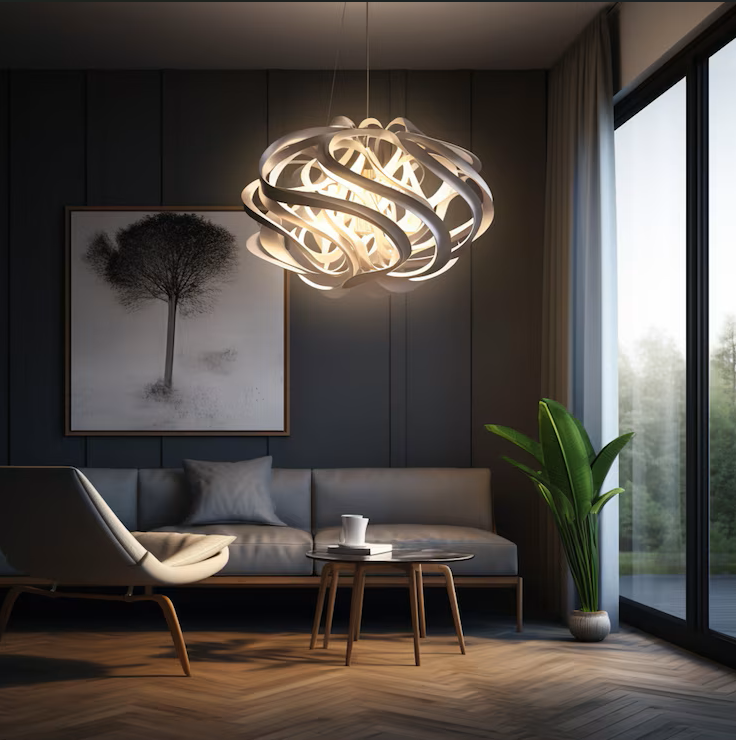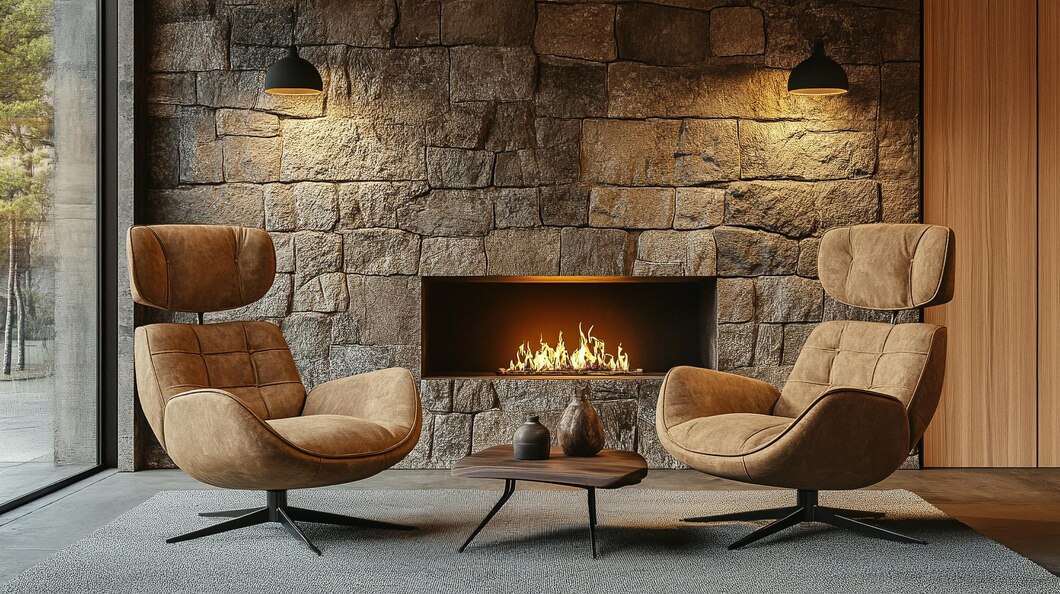
How Chennai’s Climate Affects the Durability of Travertine Marble
In Chennai’s luxury real estate segment, one material is quietly becoming a hallmark of sophisticated interiors: travertine marble. More precisely, the rising use of Travertine Marble in Chennai is worth noting—especially in upscale villas, high-end apartments and designer homes. This blog explores why travertine is gaining traction in Chennai, how it fits the local climate and architecture, and what those looking to invest in luxury homes should be aware of.
Why Travertine Marble in Chennai is Gaining Popularity
Aesthetic appeal & luxury feel
Travertine has a more organic, soft and naturally elegant look compared to many engineered surfaces. It features warm earthy tones—beige, ivory, walnut, gold—and subtle veining or banding thanks to its natural formation.
In Chennai, where both modern minimalism and traditional South Indian architectural touches coexist, travertine gives a material palette that bridges rustic charm and contemporary luxury. Its finish options—polished, honed, tumbled—add flexibility in design.
Climate-fit for Chennai
Chennai’s tropical climate brings heat and humidity. Travertine has some intrinsic properties that make it well-suited for such conditions. For instance:
-
The porous nature of travertine helps it remain relatively cool underfoot, making it comfortable for bare feet in warm homes.
-
Its natural texture and softer tones help blend indoor-outdoor living, which is common in Chennai luxury homes (with verandas, courtyards, etc).
-
In outdoor applications—pool surrounds, patios, terraces—travertine is increasingly used because of its slip-resistance (in certain finishes) and natural feel.
Rising upward market sentiment & luxury differentiation
In Chennai’s real-estate market, developers and interior designers are always looking for materials that elevate the perceived value of a property. Using travertine marble in Chennai luxury homes helps create a premium finish that stands out from typical granite or ceramic tile choices.
Because travertine is associated with high-end architecture globally (think of European palaces, luxury resorts), when used in Chennai homes it signals sophistication and craftsmanship. One article notes that travertine “instantly elevates the overall ambiance” in upscale spaces.
Applications in Chennai Luxury Homes
Here are some specific ways travertine marble is being used in Chennai real-estate developments:
-
Flooring in living/dining areas: Large-format travertine slabs create a seamless, expansive feel. The warm tones enhance natural light and pair well with wood, metal or glass accents.
-
Wall cladding/feature walls: In foyers, hotel-style lobbies, or luxury apartments, travertine can be used as wall cladding to give texture and depth—both inside and on exterior facades.
Bathrooms & Spa zones: The material’s natural charm and cooling feel make it ideal for bathrooms, spa-style setups, and wet zones in premium homes. -
Outdoor & semi-outdoor use: In terraces, around swimming pools, in courtyards and verandas—travertine’s slip-resistant finishes (honed or tumbled) make it viable for outdoor luxury living.
-
Integration with smart home & luxury fittings: In high-end Chennai homes (say Rs 5 cr+ properties), travertine is often paired with designer fixtures, ambient lighting and bespoke joinery—making the finish part of the luxury narrative.
Considerations & Challenges for Travertine in Chennai
While the trend is strong, prospective buyers and developers should keep in mind some key factors when opting for travertine marble in Chennai:
-
Porosity and sealing: Travertine is more porous than denser stones like granite or some marbles, so it needs proper sealing to resist stains, moisture absorption and etching.
-
Maintenance: Especially in humid climates like Chennai’s, maintenance becomes important. Regular cleaning with pH-neutral products and periodic resealing will keep the stone in good condition.
-
Finish selection: For parts exposed to water or heavy traffic (pool deck, outdoor terrace, bathrooms) the finish matters. Honed or tumbled finishes offer better grip and durability as compared to polished.
-
Cost implications: While not always as costly as ultra-premium marbles, travertine is still a premium stone. Cost of supply, transport (if imported or special grade), cutting/installation (especially large slabs) and sealing add up. Designers note it’s “a premium stone” with higher cost than standard tiles.
-
Matching architectural style: Because travertine has natural variation, colour shading, and texture, design coordination is important. In Chennai’s mixed architecture (traditional + modern), the stone must be chosen in harmony with other materials, lighting and furnishings to avoid mismatches.
Why This Matters for Real Estate Value in Chennai
For luxury homes in Chennai, the choice of materials plays a significant role in the perceived value and marketability of the property. Here’s how travertine marble in Chennai influences this:
-
Premium branding: A home described as having “natural stone finish – travertine flooring and cladding” creates a premium feel in marketing brochures and signage.
-
Enhanced resale appeal: Potential buyers in luxury segment often look for quality finishes, durability, and timeless aesthetics. Travertine delivers all three when done right.
-
Better user experience: The coolness underfoot, visual warmth, texture and integration with lifestyle amenities (pool, terrace, spa-bath) raise the living experience—and buyers in Chennai pay for experience as much as for space.
-
Long-term sustainability: Stone finishes such as travertine age gracefully; rather than looking worn, they develop character. This aspect can be a selling point in luxury homes seeking durability and timelessness.
Key Tips for Buyers and Developers in Chennai
-
Inspect the grade and finish: Not all travertine is equal. Choose slabs with consistent colour tone, minimal defects, and suitable finish for the area of use (polished for living rooms, honed/tumbled for outdoors).
-
Verify sealing and installation quality: Ask whether the supplier/fitter will seal the stone; check installation details (substrate preparation, grout choice, movement joints) especially for large slabs.
-
Coordinate with interiors & lighting: Since travertine has natural variation, view sample boards in the real home setting with full lighting (day + night) to ensure the tone works with furniture, wood, metal and fabric accents.
-
Plan for maintenance: Budget for resealing every few years (especially in high-humidity Chennai) and specify care instructions (avoid acidic cleaners, use pH-neutral cleaners).
-
Use it in feature zones: To maximise value, focus travertine in key zones (main living room, entrance lobby, terrace/pool area) rather than using it everywhere which can escalate costs without proportional value addition.
-
Combine with climate-responsive design: Use travertine in tandem with good ventilation, shading, and outdoor-indoor integration to fully exploit its cooling and aesthetic benefits in Chennai’s hot-humid climate.
Conclusion
In Chennai’s luxury real-estate market, the use of travertine marble is more than aesthetic—it’s strategic. From delivering a sense of timeless elegance to enhancing comfort in a warm climate, the rising deployment of travertine marble in Chennai homes aligns with the preferences of high-end buyers and developers.
For buyers and developers alike, choosing travertine marble in Chennai presents an opportunity to elevate a property’s finish, living experience and resale potential—provided that attention is paid to sourcing, installation and maintenance.
If you’re working on a new luxury‐home project in Chennai (or advising one), it might be worth seriously considering travertine marble in Chennai as part of your finish-palette strategy.
Would you like me to pull some case-studies of Chennai homes using travertine, or local suppliers/pricing trends for travertine marble in Chennai?



